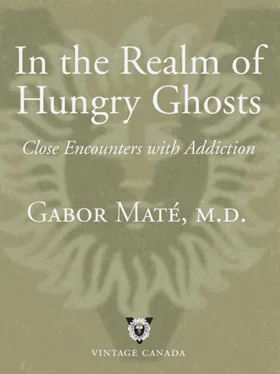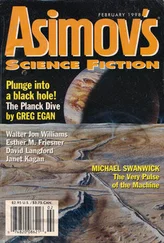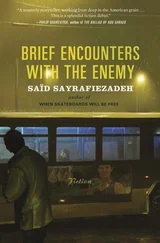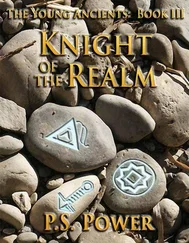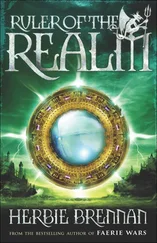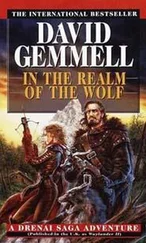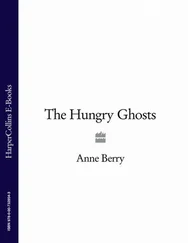I asked fifty-seven-year-old Richard, an addict since his teens, why he kept using. “I don’t know, I’m just trying to fill a void,” he replied. “Emptiness in my life. Boredom. Lack of direction.” I knew all too well what he meant. “Here I am, in my late fifties,” he said. “I have no wife, no children. I appear to be a failure. Society says you should be married and have children, a job, that kind of stuff. This way, with the cocaine, I can sit there and do some little thing like rewire the toaster that wasn’t working, and not feel like I’ve lost out on life.” He died a few months after our interview, succumbing to a combination of lung disease, kidney cancer and overdose.
“I didn’t use for six years,” says Cathy, forty-two-year-old heroin and cocaine user, back in a grubby Downtown Eastside hotel after a long absence. She’s contracted HIV since her return. “The whole six years I craved. It was the lifestyle. I thought I was missing something. And now I look around myself and I think, What the hell was I missing?” Cathy reveals that when she wasn’t using, she missed not only the effect of the drugs but also the excitement of drug seeking and the rituals the drug habit entails. “I just didn’t know what to do with myself. It felt empty.”
A sense of deficient emptiness pervades our entire culture. The drug addict is more painfully conscious of this void than most people and has limited means of escaping it. The rest of us find other ways of suppressing our fear of emptiness or of distracting ourselves from it. When we have nothing to occupy our minds, bad memories, troubling anxieties, unease or the nagging mental stupor we call boredom can arise. At all costs, drug addicts want to escape spending “alone time” with their minds. To a lesser degree, behavioural addictions are also responses to this terror of the void.

Opium, wrote Thomas De Quincey, is a powerful “counter agent…to the formidable curse of taedium vitae ”—the tedium of life.
Human beings want not only to survive, but also to live. We long to experience life in all its vividness, with full, untrammelled emotion. Adults envy the open-hearted and open-minded explorations of children; seeing their joy and curiosity, we pine for our own lost capacity for wide-eyed wonder. Boredom, rooted in a fundamental discomfort with the self, is one of the least tolerable mental states.
For the addict the drug provides a route to feeling alive again, if only temporarily. “I am in profound awe of the ordinary,” recalls author and bank robber Stephen Reid of his first hit of morphine. Thomas De Quincey extols opium’s power “to stimulate the capacities of enjoyment.”
Carol is a twenty-three-year-old resident of the Portland Hotel Society’s Stanley Hotel. Her nose and lips are pierced with rings. Around her neck she wears a chain with a black metal cross. Her hairdo is a pink-dyed Mohawk that tapers to blond locks cascading at the back to her shoulders. A bright, mentally agile young woman, Carol has been an injection crystal meth user and heroin addict since she ran away from home at age fifteen. The Stanley is her first stable domicile after five years on the streets. These days she is active in promoting harm reduction and in supporting fellow addicts. She has attended international conferences, and her writings have been quoted by addiction experts.
During a methadone appointment, she explains what she cherishes about the crystal meth experience. She speaks nervously and rapidly and fidgets incessantly, effects that result from her long-standing stimulant habit and likely from the early-onset hyperactivity disorder she had before she ever used drugs. As befits a street-educated child of her generation, Carol’s every second word seems to be “like” or “whatever.”
“When you do, like, a good hit or whatever you get like a cough or whatever, like a warm feeling, you really feel a hit, start breathing hard or whatever,” she says. “Kind of like a good orgasm if you are a more sexual person—I never really thought of it that way, but my body still experiences the same physical sensations. I just don’t associate it with sex.
“I get all excited, whatever you’re into…I like playing with clothes, or I like going out at night in the West End when there’s not a whole lot of people, walking down back alleys, singing to myself. People leave stuff out, I look for what I can find, scavenging, and it’s all so interesting.”
The addict’s reliance on the drug to reawaken her dulled feelings is no adolescent caprice. The dullness is itself a consequence of an emotional malfunction not of her making: the internal shutdown of vulnerability.
From the Latin word vulnerare, “to wound,” vulnerability is our susceptibility to be wounded. This fragility is part of our nature and cannot be escaped. The best the brain can do is to shut down conscious awareness of it when pain becomes so vast or unbearable that it threatens to overwhelm our capacity to function. The automatic repression of painful emotion is a helpless child’s prime defence mechanism and can enable the child to endure trauma that would otherwise be catastrophic. The unfortunate consequence is a wholesale dulling of emotional awareness. “Everybody knows there is no fineness or accuracy of suppression,” wrote the American novelist Saul Bellow in The Adventures of Augie March; “if you hold down one thing you hold down the adjoining.” 7
Intuitively, we all know that it’s better to feel than not to feel. Beyond their energizing subjective charge, emotions have crucial survival value. They orient us, interpret the world for us and offer us vital information. They tell us what is dangerous and what is benign, what threatens our existence and what will nurture our growth. Imagine how disabled we would be if we could not see or hear or taste or sense heat or cold or physical pain. Emotional shutdown is similar. Our emotions are an indispensable part of our sensory apparatus and an essential part of who we are. They make life worthwhile, exciting, challenging, beautiful and meaningful.
When we flee our vulnerability, we lose our full capacity for feeling emotion. We may even become emotional amnesiacs, not remembering ever having felt truly elated or truly sad. A nagging void opens, and we experience it as alienation, as profound ennui, as the sense of deficient emptiness described above.
The wondrous power of a drug is to offer the addict protection from pain while at the same time enabling her to engage the world with excitement and meaning. “It’s not that my senses are dulled—no, they open, expanded,” explained a young woman whose substances of choice are cocaine and marijuana. “But the anxiety is removed, and the nagging guilt and—yeah!” The drug restores to the addict the childhood vivacity she suppressed long ago.

Emotionally drained people often lack physical energy, as anyone who has experienced depression knows, and this is a prime cause of the bodily weariness that beleaguers many addicts. There are many more: dismal nutrition; a debilitating lifestyle; diseases like HIV, hepatitis C and their complications; disturbed sleep patterns that date back, in many cases, to childhood—another consequence of abuse or neglect. “I just couldn’t go to sleep, ever,” says Maureen, a sex-trade worker and heroin addict. “I never even knew there was such a thing as a good sleep until I was twenty-nine years old.” Like Thomas De Quincey, who used opium to “sustain through twenty-four hours the else drooping animal energies,” present-day addicts turn to drugs for a reliable energy boost.
Читать дальше
